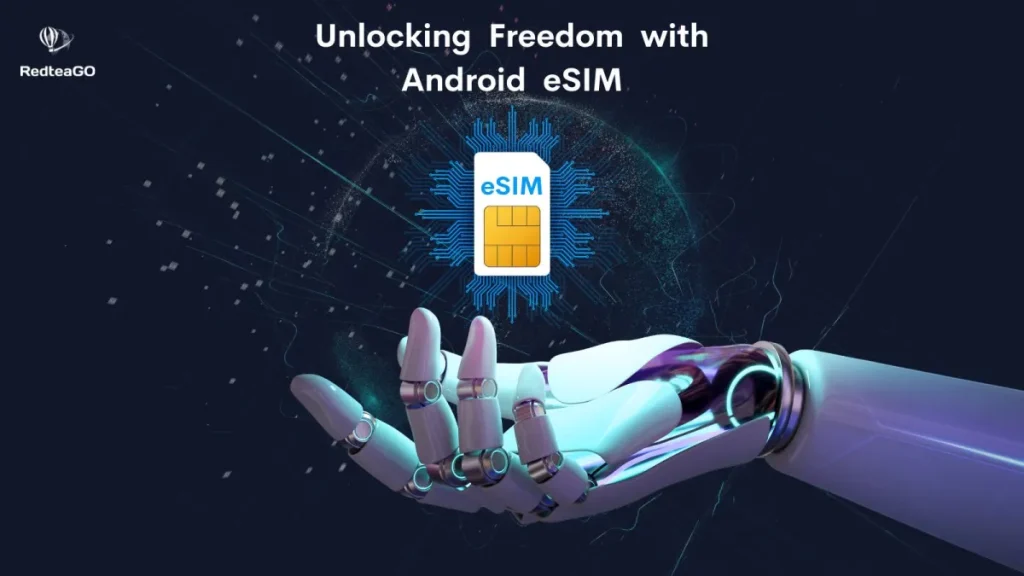The communications landscape is experiencing rapid transformation with the emergence of digital solutions, and the introduction of Teslim eSim is a pivotal development in this arena. Traditional prepaid SIM cards are evolving into sophisticated tools that deliver exceptional connectivity and convenience.
The Rise of eSIM Technology
Embedded SIM (eSIM) technology represents a shift away from the physical SIM cards most users are accustomed to. Rather than physically inserting a card into a device, eSIMs are embedded into the device’s hardware and can be activated remotely. This allows users to switch providers or modify subscriptions without the need to purchase or swap physical cards.
Advantages of Using eSIMs
eSIMs provide numerous advantages over traditional SIM cards. Firstly, their digital nature means fewer logistical constraints: they eliminate the need for shipping and handling of physical cards. Secondly, they allow users to manage their connectivity options directly from their devices, ensuring a seamless transition between different networks or plans.
Moreover, eSIMs offer enhanced security features. Because they are embedded within the device, they are less susceptible to damage or loss compared to traditional SIM cards that can be physically removed and misplaced.
Prepaid eSIMs and Flexibility
For users who prefer pay-as-you-go options, prepaid eSIMs offer unparalleled flexibility. No longer bound to one provider, users can change between service plans or providers as needed, which is particularly beneficial for travellers who require short-term connectivity solutions in different countries.
Environmental Impact
The move towards eSIMs can contribute to reducing environmental waste. As fewer physical SIM cards need to be manufactured, there is less plastic waste, making eSIMs a more sustainable choice for environmentally conscious consumers.
Challenges and Considerations
While eSIM technology is promising, it is not without challenges. Not all devices currently support eSIM functionality, and there may be limitations depending on geographical regions or service providers’ offerings. It is important for consumers to verify compatibility with their devices and ensure that their preferred service providers support eSIM technology.
The Future of Connectivity
As technology continues to evolve, the future of connectivity is expected to be increasingly seamless and integrated. Prepaid eSIMs are likely to play a crucial role in this scenario, offering users unprecedented control over their digital communications landscape.
New advancements might include improved eSIM integration with emerging technologies such as 5G, further broadening their potential and usability. Additionally, as more consumers adopt eSIMs, the telecommunications industry is likely to see accelerated innovation and competition, driving down costs and enhancing service offerings.
eSIMs and IoT
Another exciting prospect for eSIM technology is its application within the Internet of Things (IoT). As IoT devices proliferate, eSIMs can offer a reliable and efficient way to manage connectivity across a vast network of devices, ensuring that users maintain constant and stable connections.
Impact on Telecommunications Industry
The widespread adoption of eSIMs is poised to transform the telecommunications industry, as service providers will need to adapt their offerings to remain competitive. This could lead to more user-centric service plans and the bundling of benefits aimed at attracting the growing demographic of eSIM users.
Consumer Adoption and Education
For eSIM technology to reach its full potential, consumer education is vital. There is a need for service providers to inform users about the benefits and functionalities of eSIMs, fostering a broader understanding and acceptance.
Educational campaigns could further demystify the technology, illustrating how users can activate and use eSIMs, and what advantages they hold over traditional SIM cards.
Conclusion
The future of prepaid SIMs is rapidly changing as eSIM technology gains traction. As users continue to seek more flexible and sustainable connectivity solutions, eSIMs offer a glimpse into a future where seamless connectivity becomes the norm. With continual advancements and increasing adoption, eSIMs have the potential to redefine how users interact with mobile networks and IoT devices alike.

